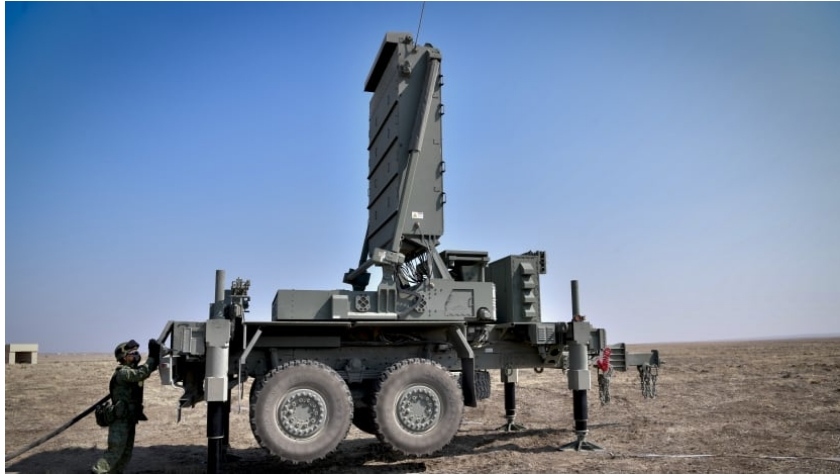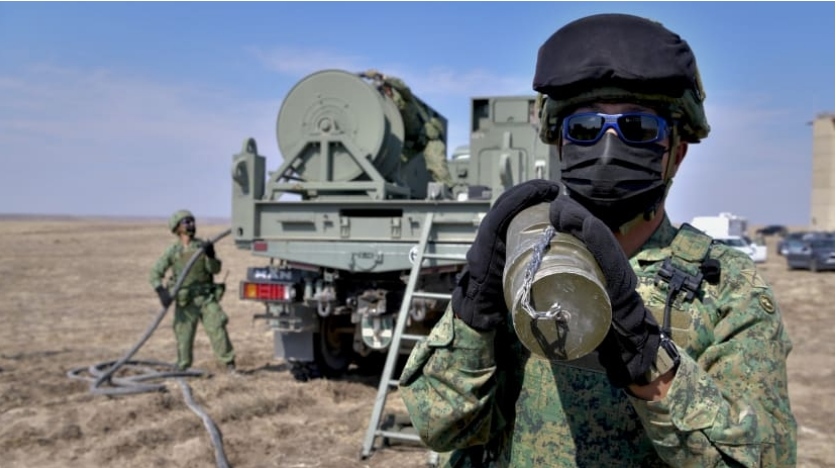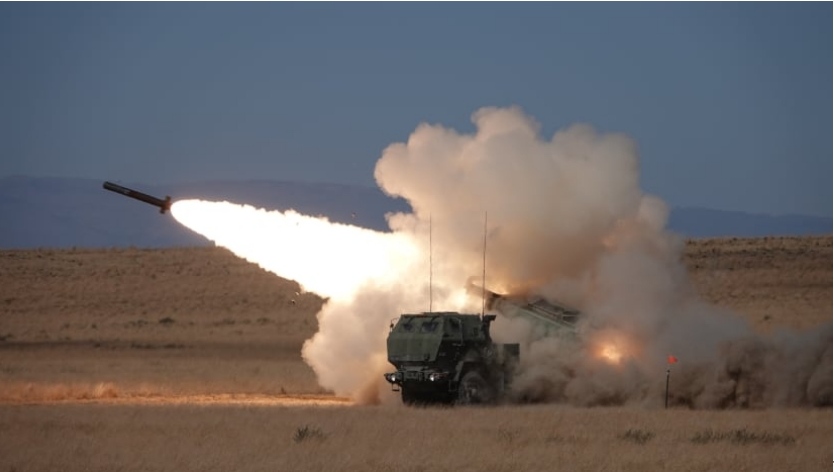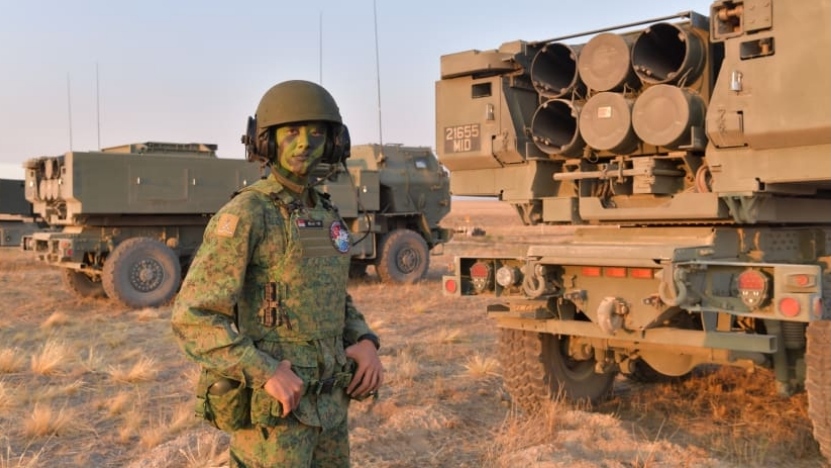SAF testing new radar to locate and track enemy rockets; results ‘promising’

The SAF’s TPQ-53 weapon locating radar.
The Singapore Armed Forces (SAF) is testing a new weapon locating radar (WLR) that can locate and track enemy rockets, and it said the results have been promising.
The TPQ-53 WLR, first announced by the SAF in June, improves its ability to locate and track hostile rocket, artillery and mortar threats.
For instance, the radar can determine the location of these threats at a range of up to 60km. It can also switch to a 360-degree rotating mode to provide all-round coverage.
The radar’s predecessors, which have been in service since as early as 1986, can only scan a fixed point at a range of up to 50km.
Friendly forces use information from this radar to know where to eliminate such threats, or as an early warning to evade incoming rockets
In the bigger picture, the TPQ-53 represents another asset in the SAF’s suite of sensors, which includes the Heron-1 unmanned aerial vehicle (UAV) and the smaller VELOCE 15 mini-UAV.
The SAF is testing the radar at Exercise Forging Sabre, taking place in Idaho, US from Sep 14 to 25, where these sensors are feeding information to the new command and control information system to create a more comprehensive surveillance picture.

For the purposes of the exercise, the radar is tracking the location and trajectory of both hostile and friendly rockets from the High Mobility Artillery Rocket System (HIMARS), said TPQ-53 radar specialist Second Warrant Officer (2WO) Jimmy Lee, 38.
“My role here is to track analysis of the system behaviour on the RRPR rounds, both on the impact point and launching point,” he told reporters on Tuesday (Sep 21) via teleconference from Idaho, adding that results have been “promising”.
“We are able to track all rockets; accuracy-wise (we) achieved almost all of it.”
The TPQ-53 operators will work inside an operations control shelter.
RRPR refers to reduced range practice rounds, which are dummy rounds the HIMARS uses for training. While dummy rounds cannot be fired in Singapore due to the limited space, the vast training area in Idaho, with an airspace more than 20 times the size of Singapore, provides a perfect opportunity.
“We are able to train overseas, giving us the opportunity to track RRPR over here and put our skills and knowledge to the test,” 2WO Lee said.
“If we are able to validate that the system is tracking well, of course we can move on to warning and letting the friendly forces know there are incomings so they are able to evacuate the location.”
WORKING IN TANDEM
This kind of early warning helps preserve the survivability of friendly HIMARS on the battlefield, especially as the platform plays a critical role at this year’s exercise.
In a scenario involving both air defence and moving threats, the HIMARS works together with Apache AH-64D attack helicopters to take them out.

The HIMARS, with rockets that can travel up to 70km, takes out the stationary air defence threats before the Apaches move in to destroy the moving targets.
“During any engagements, there might be air defence threats inside the area, and the Apaches, being a close-range attack helicopter, we don’t want to move in so fast,” Apache pilot Captain (CPT) Koh Yu Wei, 27, said.
“So, we utilise the HIMARS system to help us pick up any air defence threats.”
Pilot Captain Koh Yu Wei with the Apache AH-64D attack helicopter.
CPT Koh said this type of integrated operation, with different platforms coming together, is “very complex” as they each have their own time frames of engaging the targets.
“With all these, I think time criticality and time discipline is very important as well. We must be there at our own time frame so that we can pick up and flow with the mission so that it can be a success,” he said.

HIMARS operator Corporal Adon Yap, a full-time national serviceman participating in Forging Sabre for the first time, said the fact that HIMARS can clear the way for the Apaches “really shows” the importance of his platform.
“We get to collaborate with the troops from the Republic of Singapore Air Force, and we’re able to improve on our sense and strike capabilities,” the 20-year-old added.
“This is also the only time we get to actually witness the HIMARS in action, so it’s really breathtaking.”
Source: CNA/hz




